|
When I went to dinner with some friends, I took them some formentini, biscuits I had baked. I also gave a few to the other couple who was there. After a delicious dinner followed by an elaborate meringue pudding, I departed feeling extremely well fed and as if I might not be able to eat for a week. A few days later I received a surprising email from the other couple telling me they had loved the cookies, had eaten them all before they arrived home (only a 10-minute drive away!) and asking for the recipe. Here it is.
Formentini (cornmeal cookies) The name comes from the word formenton which means maize or corn in the Garfagnana dialect. The recipe is from a wonderful little book of traditional recipes of the Lucca region, Cucina di Lucchesia e Versilia, by Emiliana Lucchesi. Quantity: masses (I make half a recipe) 600 g plain white flour 400 g corn meal 400 g sugar 225 g butter, gently melted 2 eggs 1 packet baking powder (16 g) juice and grated rind of 1 orange milk Sieve together the two types of flour and the baking powder and pour them onto a pastry board (spianatoia) in a mound. Make a hole in the centre and add the other ingredients. Knead everything well with your hands, adding enough milk to obtain a soft compact dough. Roll out with a rolling pin to a sheet about 3 mm thick. Before making the last pass with the rolling pin, sprinkle the dough with a little sugar and roll it into the surface of the dough. Cut into diamonds or rectangles (about 4 cm on a side), place on a buttered and floured baking sheet and place in a 220˚C oven for 10–15 minutes. They are done when they are just beginning to brown around the edges. Remove from the baking sheet immediately and leave to cool on a wire rack.
0 Comments
23 December. I want to make a risotto ai porcini (wild mushroom risotto) over Christmas for which I need some good beef stock, brodo in Italian. I go up to the bottega, the village shop which is also a butcher shop, and tell Eugenia that I want to make brodo. She asks for how many, ‘just you?’ No, maybe three people and I want to put some in the freezer. She tells me I need some muscolo (shin of beef) and some costine di posteriore di pancia (well, bottom end of the breast of beef). If she had a chicken leg, that would be good too, but she doesn’t have one today. Altogether she gives me 800 g of beef plus three small pieces of beef marrow bone. I’ve made beef stock hundreds of times, but I ask her anyway what else she puts in. ‘Odori, un piccolo pomodoro fresco e sale’. Odori is a useful word to know. According to the dictionary, they are aromatic herbs used to season food, but that’s not how the word is used here. Here it invariably means the vegetables that form the basis of most soups, stocks and sauces: onion, carrot and celery, sometimes parsley too. Cinzia, who has the fruit and vegetable stall at the Fornoli market, always makes a present to her customers of a carrot, a stick of celery and a bunch of parsley. For my quantity of brodo, Eugenia suggests one medium onion, two small carrots, and a stick of celery. She turns her nose up at parsley. From the two tomatoes I pick out, she selects the smaller. Back home, I peel the onion and carrots, wash the celery and tomato, fling them along with the meat into a soup pot, cover them with ample cold water and bring it to a very, very gentle simmer — just the occasional bubble. Just as it’s starting to simmer, I skim off the scum (coagulated protein from the meat) several times until it stops rising to the surface. Then I add a little salt and a few peppercorns. I put on the lid propped open with a wooden spoon laid at a tangent across the edge of the pot (a trick I learned from Stefano, who is one of the cooking teachers I use for my clients), but be careful it isn’t anywhere near the flame or it will catch fire (sorry, health and safety). After 3 hours or so, the meat is so soft you can eat it with a spoon and the brodo is a clear amber colour. I strain off the broth, tasting it and the two different cuts of beef. The flavour of the shin is a little more forceful; the breast is softer and fattier which lends its own distinctive taste. Yummy! Such good pure pastel flavours that I’m tempted to drink the broth and eat all the meat right then and there standing at the kitchen counter. But when I was in the shop, I also asked Eugenia what she does with the boiled beef. Daniela, a customer in the shop, offered her views. She makes it into a salad with raw diced winter vegetables and mayonnaise. Eugenia concurs. But I don’t feel like a cold salad when it’s cold outside. What else would they suggest? Polpette (meatballs). Eugenia’s husband Renato can’t bear to stay out of this discussion any longer. He has an apt saying for every situation. In this case: ‘Just surely as psalms are followed by Gloria patri, all leftovers turn into polpette’. Eugenia describes hers. She grinds or chops the meat along with a slice of mortadella, adds some leftover mashed potato or day old bread soaked in water and squeezed out, a couple of small handfuls of grated parmigiano (or one each of parmigiano and pecorino), two eggs, salt and pepper — actually, she realises as she’s speaking, it’s the same as the filling for tortelli (meat-filled pasta pillows) without the Swiss chard. She uses the mixture to make balls about the size of walnuts and flattens them a little, dips them in flour or dry bread crumbs and fries them in vegetable oil. I also add a little finely chopped garlic and some fresh thyme. I use dry bread crumbs because I love the crunchy exterior. Almost forgot to take the photo before they were all gone. Gloria Eugenia! Oxidation isn’t usually a hot topic of conversation. When my 1968 MGB GT was rusting away, I discussed it at length with the vintage car body shop, and I submerge peeled potatoes in water to prevent them going brown, but dinner parties don’t usually include riveting exchanges about the interaction between oxygen molecules and the substances they contact. In the olive grove, however, oxidation is the dragon that would ravish the extra-virgin oil, filling it with free radicals and a rancid flavour. Everyone talks about it. Picking olives and pressing the oil has been a popular activity for many of my clients this autumn, and for our hosts Augusto Orsi and his son Claudio of ‘Alle Camelie’ avoiding the evils of oxidation is what determines the way they pick and press the olives. Their estate abuts the olive terraces of some neighbours who conduct the olive harvest in the old way. Augusto points to nets spread on the ground under the trees to catch the olives that drop during the weeks before they begin their harvest. He shudders slightly as he explains, ‘The moment an olive is detached from its branch, it begins to oxidise. It needs to get from the tree to the bottle really fast. We put our nets down under a few trees, pick the olives, move the nets along to the next trees, pick the olives, etc. Hard work, but the flavour of the oil makes it worthwhile.’ When his neighbours do begin to pick their olives, they beat them off the trees with bamboo poles thus bruising the olives and sometimes breaking the skin, allowing the fruit to oxidise even more quickly. Augusto, Claudio and their four farm labourers pull each olive off by hand. We help pick from the ground, but the other harvesters are often at the top of a ladder propped against the tree or standing on one of the thick branches to reach the olives at the top. Augusto would probably say, ‘Time consuming, but the flavour of the oil makes it worthwhile’. The harvested olives should be pressed as soon as they are picked. Some estates invest in a small, though expensive, olive press and press olives on the day they’re picked. Augusto takes his to a co-operative modern frantoio every other day, but is thinking about buying his own. [He did the following year.] Pressing the olives at a traditional frantoio is tantamount to delivering the maiden to the dragon’s den, where the huge picturesque grindstone rolls round and round crushing the olives in a huge open basin — 45 minutes of exposure to oxygen. Then the paste is smeared onto woven mats, stacked on a spindle and pressed to squeeze out the oil. Old dry, oxidised paste sticks in the crevices of the mats and oil runs out around the edges exposed to the air. In a modern continuous-method frantoio, the grinding takes only a few minutes in a closed container, and the paste is pumped into a closed vat where it is heated very gently to release the oil which runs into a stainless steel container with a well-fitting lid. Take a deep breath filled with oxygen, and taste the oil from ‘Alle Camelie’. The magnificent flavour certainly justifies the care they take to avoid oxidation.
|
Email Subscription
Click to subscribe to this blog and receive notifications of new posts by email. AuthorErica Jarman Categories
All
Archives
October 2023
|
|
copyright 2017 sapori-e-saperi.com | all rights reserved
|
Website by Reata Strickland Design

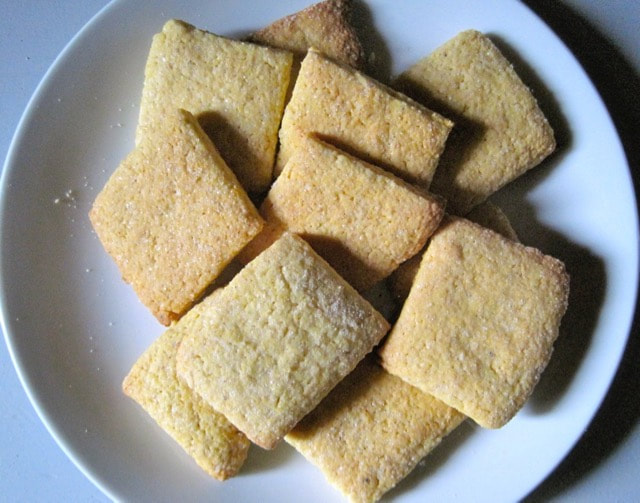
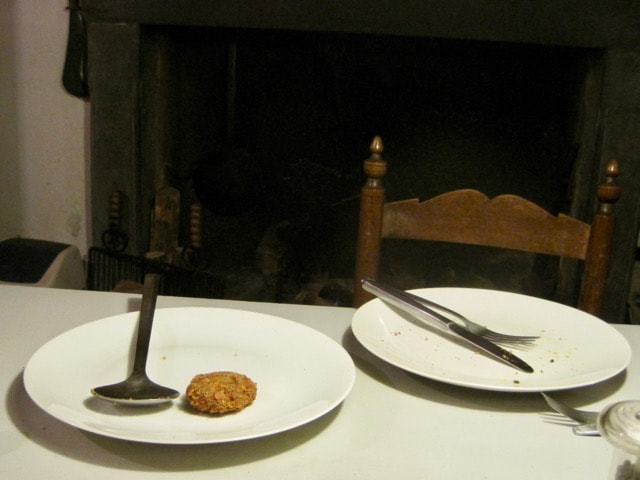
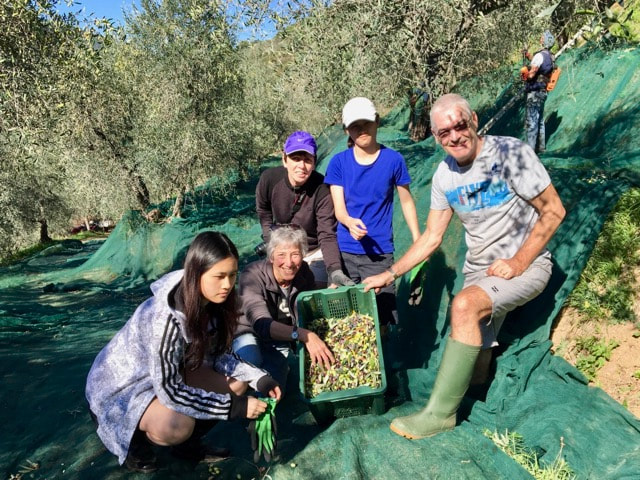
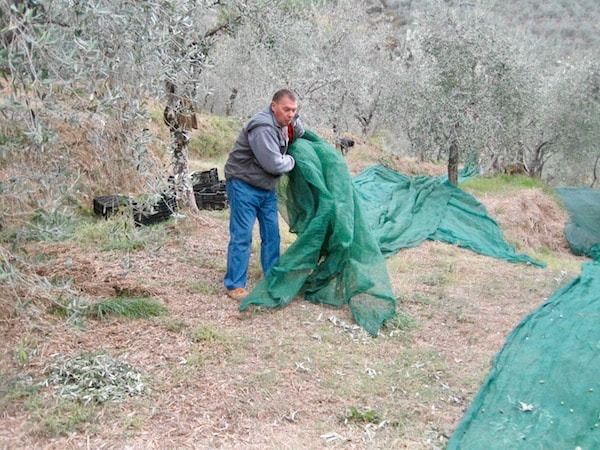
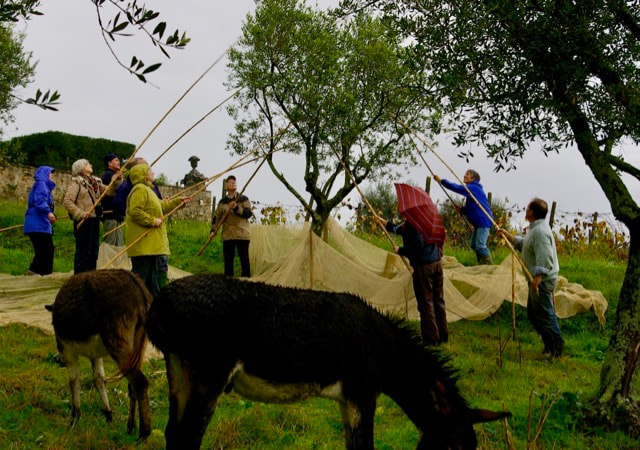
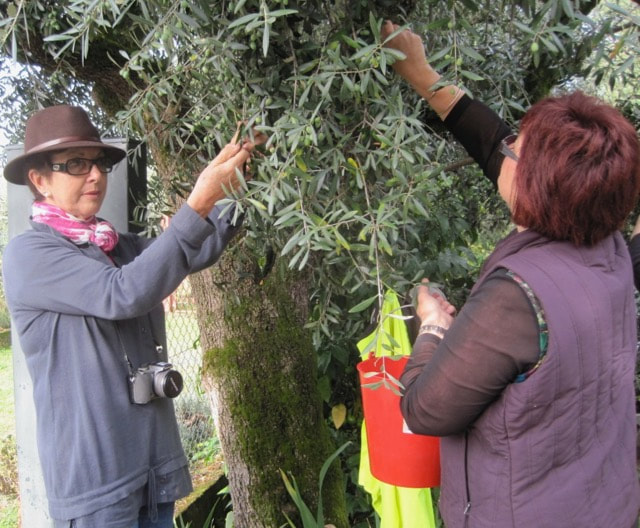
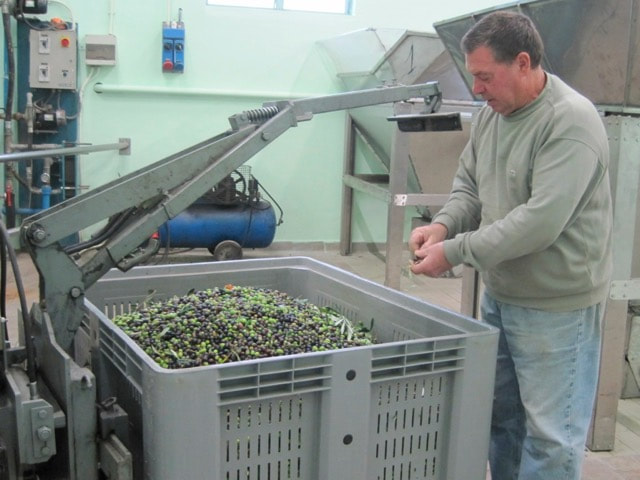
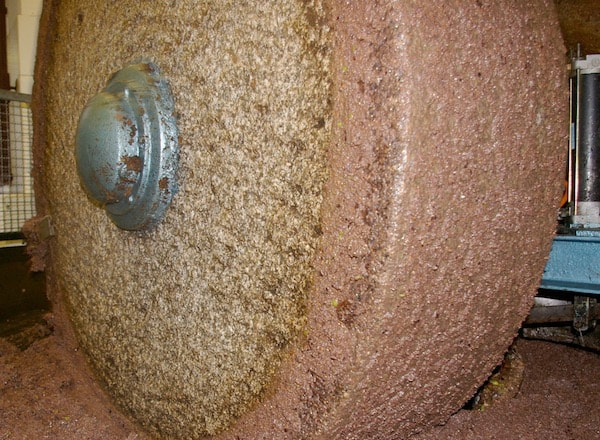
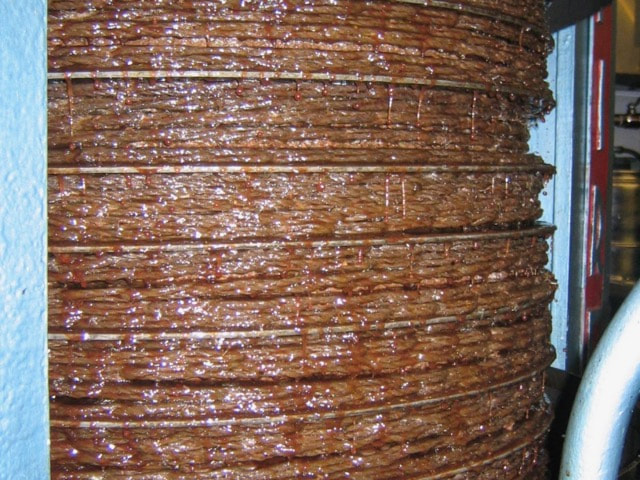
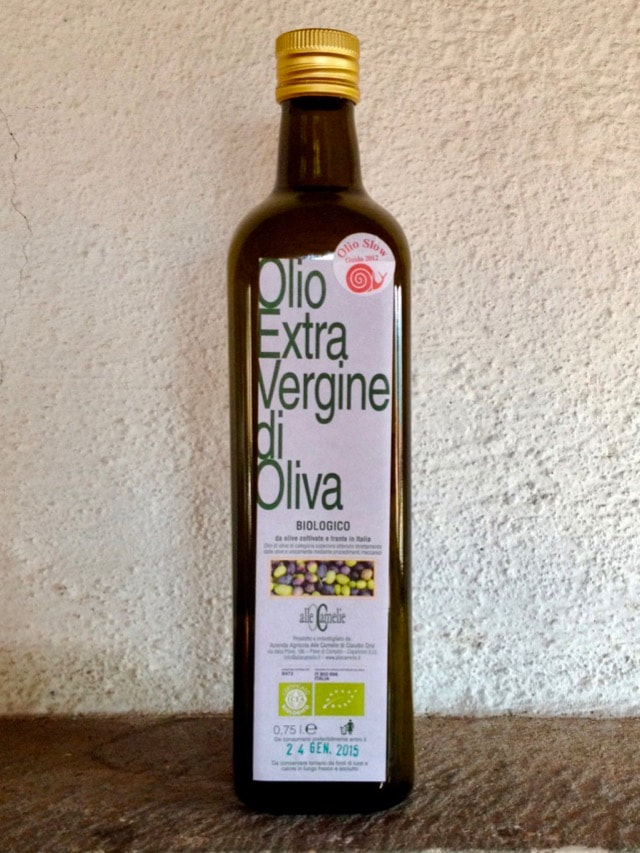
 RSS Feed
RSS Feed



